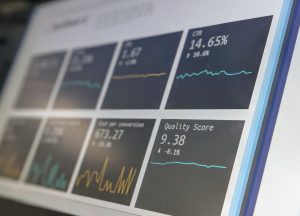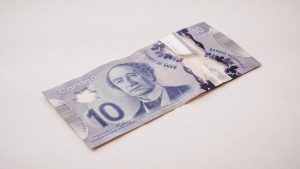Forex trading can be a lucrative business if done correctly. However, it is important to have a structured and well-planned strategy to ensure success. One crucial aspect of forex trading is setting a trading schedule. A trading schedule helps maximize profits and minimize losses by ensuring that traders are trading at the most opportune times. In this article, we will discuss how to set a forex trading schedule.
1. Identify the Best Trading Times
The first step to setting a forex trading schedule is identifying the best times to trade. Forex markets are open 24 hours a day, but that doesn’t mean you should be trading all the time. Each currency pair has its own peak trading hours, and traders need to determine when these hours are to maximize profits.
For instance, the EUR/USD is most active during the London and New York sessions. The London session opens at 3:00 AM EST and closes at 12:00 PM EST, while the New York session opens at 8:00 AM EST and closes at 5:00 PM EST. During these sessions, the EUR/USD experiences high volatility and trading volume, making it an ideal time to trade.
2. Determine Your Availability
Once you have identified the best trading times, you need to determine your availability. Forex trading requires a lot of time and attention, and traders need to be fully focused to make sound trading decisions. If you have a full-time job or other commitments, you may need to adjust your trading schedule accordingly.
For example, if you work during the London session, you may need to focus on trading during the New York session. This may mean waking up early or staying up late to trade. However, it is important to ensure that you get enough sleep and rest to avoid making poor trading decisions due to fatigue.
3. Set Realistic Trading Goals
Setting realistic trading goals is an essential part of setting a forex trading schedule. Traders need to determine how much time they can dedicate to trading and set achievable profit targets. It is important to remember that forex trading is not a get-rich-quick scheme, and profits are not guaranteed.
Traders should also set stop-loss orders to minimize potential losses. Stop-loss orders are designed to close a trade automatically if the market moves against a trader. This helps limit potential losses and protects a trader’s account balance.
4. Create a Trading Plan
Creating a trading plan is crucial to setting a forex trading schedule. A trading plan outlines a trader’s strategy, including entry and exit points, stop-loss orders, and profit targets. A trading plan helps traders stay disciplined and avoid making impulsive trading decisions.
Traders should also consider using technical analysis tools to help identify potential trading opportunities. Technical analysis involves analyzing charts and using indicators to predict future market movements. Traders can use technical analysis to identify trends, support and resistance levels, and other key market factors.
5. Monitor Economic Events
Economic events can have a significant impact on forex markets. Traders need to stay informed about upcoming economic events, such as interest rate decisions, inflation reports, and GDP releases. These events can cause significant market volatility, and traders need to be prepared to adjust their trading strategies accordingly.
Traders can use economic calendars to stay informed about upcoming events. Economic calendars provide information about scheduled economic releases and their potential impact on the market.
Conclusion
Setting a forex trading schedule is a crucial part of a successful trading strategy. Traders need to identify the best trading times, determine their availability, set realistic trading goals, create a trading plan, and monitor economic events. By following these steps, traders can maximize profits and minimize losses, and ultimately achieve success in the forex market.






